Growth in Automotive Applications
The automotive sector's increasing demand for lightweight and durable materials is propelling the Polydimethylsiloxane Market forward. Polydimethylsiloxane Market is employed in various automotive applications, including sealants, adhesives, and coatings, due to its excellent thermal stability and resistance to environmental factors. The automotive industry is expected to witness a compound annual growth rate of around 4% through 2025, which could translate into heightened demand for silicone materials. As manufacturers strive to improve vehicle performance and fuel efficiency, the adoption of Polydimethylsiloxane Market in automotive components is likely to expand, thereby enhancing its market presence.
Advancements in Industrial Applications
The industrial sector's ongoing evolution is a key driver for the Polydimethylsiloxane Market. Polydimethylsiloxane Market is increasingly utilized in various industrial applications, including lubricants, release agents, and anti-foaming agents, due to its unique properties. The industrial sector is projected to grow at a rate of around 3% annually, which may lead to heightened demand for silicone-based products. As industries seek to optimize processes and improve product quality, the versatility of Polydimethylsiloxane Market positions it as a valuable asset. This trend suggests that the Polydimethylsiloxane Market will continue to expand as manufacturers adopt innovative solutions to enhance operational efficiency.
Rising Demand in Personal Care Products
The increasing consumer inclination towards personal care and cosmetic products is a notable driver for the Polydimethylsiloxane Market. Polydimethylsiloxane Market, known for its smooth texture and skin-friendly properties, is widely utilized in lotions, creams, and hair care products. The market for personal care products is projected to reach approximately 500 billion USD by 2025, with a significant portion attributed to silicone-based formulations. This trend indicates a robust growth trajectory for the Polydimethylsiloxane Market, as manufacturers seek to enhance product performance and consumer satisfaction. Furthermore, the versatility of Polydimethylsiloxane Market allows for innovative formulations, catering to diverse consumer needs, thereby solidifying its position in the personal care sector.
Expansion in Electronics and Electrical Applications
The burgeoning electronics and electrical sectors are significantly influencing the Polydimethylsiloxane Market. Polydimethylsiloxane Market is utilized in the production of insulating materials, encapsulants, and coatings, which are essential for protecting electronic components from moisture and heat. With the electronics market projected to exceed 1 trillion USD by 2025, the demand for reliable and efficient materials is paramount. This growth is likely to drive the adoption of Polydimethylsiloxane Market, as manufacturers seek to enhance the durability and performance of electronic devices. The versatility of Polydimethylsiloxane Market in various electrical applications positions it as a critical component in the evolving electronics landscape.
Increasing Use in Construction and Building Materials
The construction industry is experiencing a surge in the use of advanced materials, with Polydimethylsiloxane Market playing a pivotal role in the Polydimethylsiloxane Market. Its properties, such as water repellency and flexibility, make it an ideal choice for sealants and coatings in construction applications. The Polydimethylsiloxane Market is anticipated to reach approximately 10 trillion USD by 2025, indicating a substantial opportunity for silicone-based products. As builders and architects prioritize durability and sustainability, the incorporation of Polydimethylsiloxane Market in construction materials is likely to increase, thereby driving market growth. This trend reflects a broader shift towards innovative building solutions that enhance structural integrity.
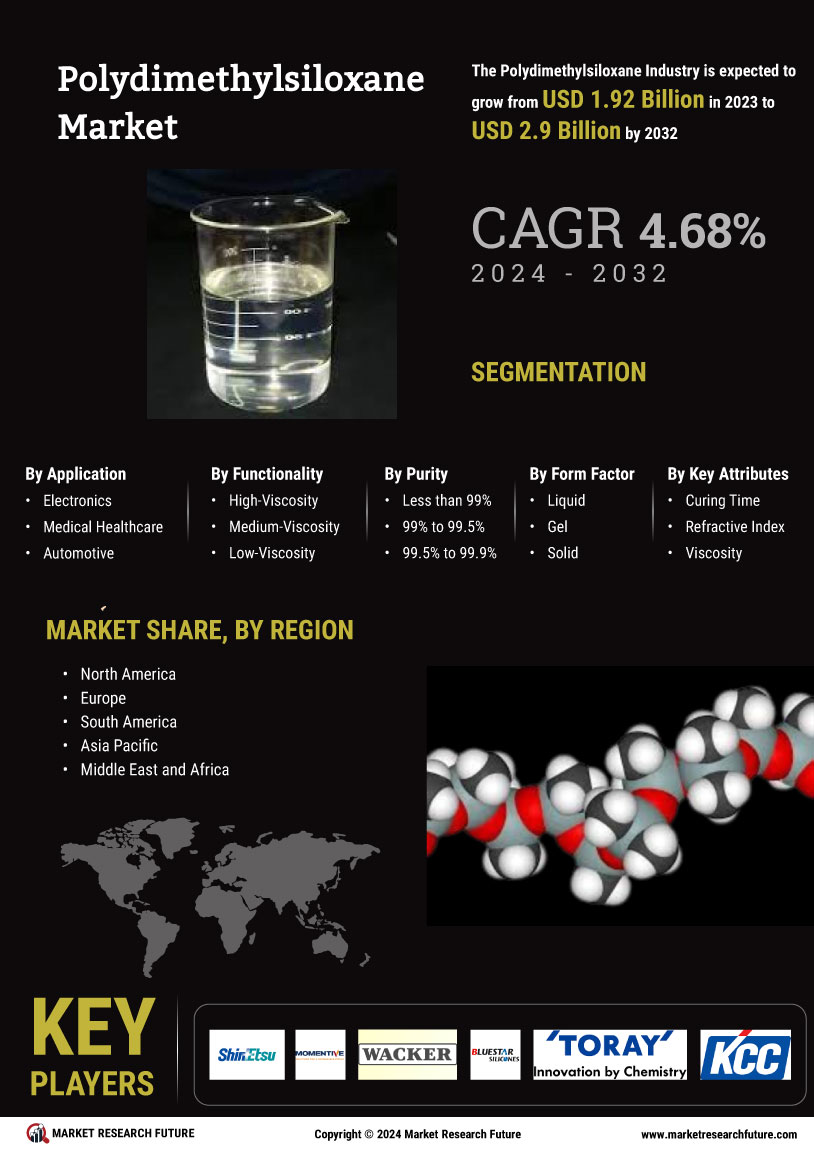

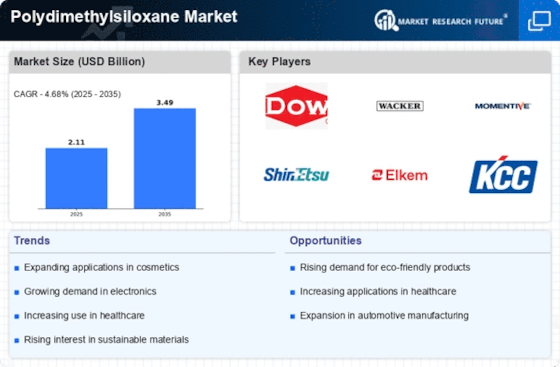
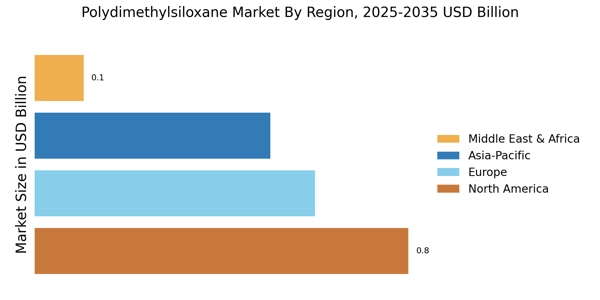
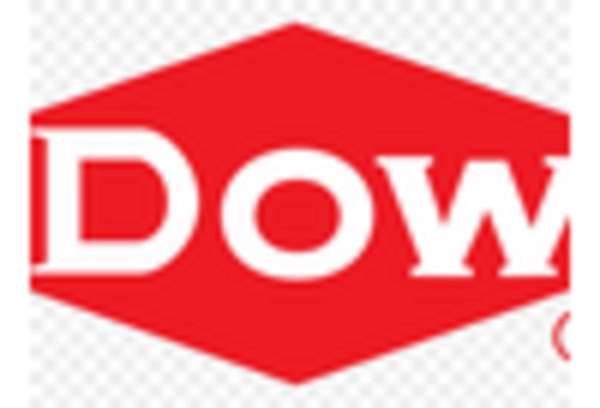
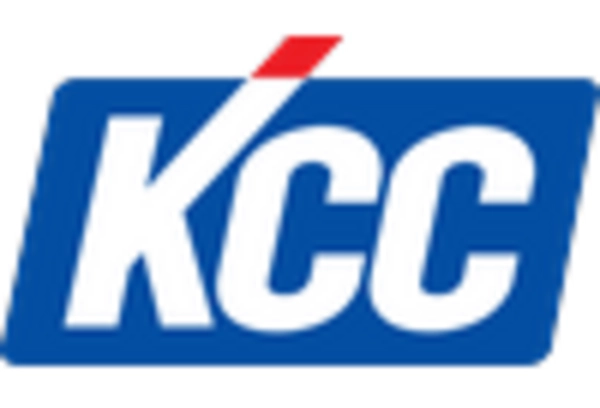
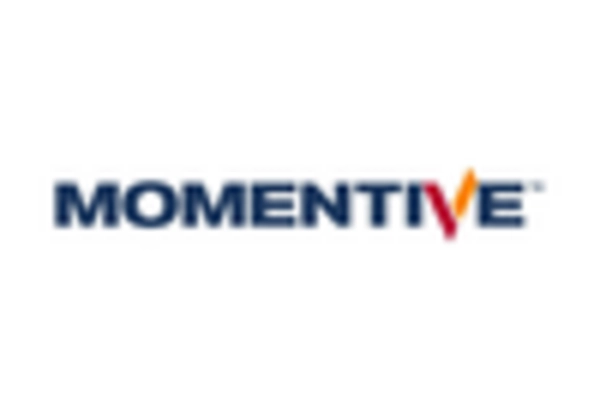
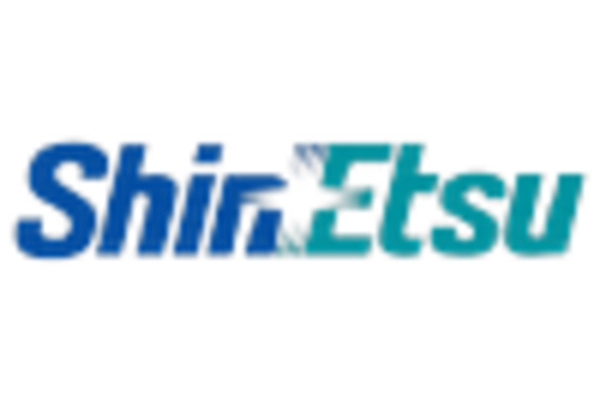
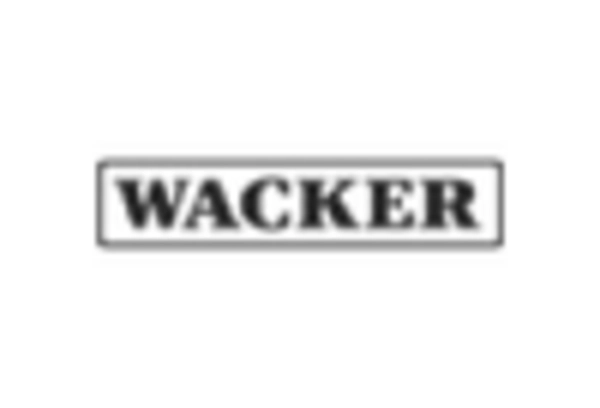








Leave a Comment